Changes are afoot in Saudi Arabia, and Mohammed bin Salman has been pushing the country toward reform since becoming crown prince. For instance, last September the Saudi government announced it was lifting the decades-old ban on women driving. Reformists welcomed this announcement and cheered it as a long overdue reform and step toward modernization. Then, during an interview with The Guardian in October, the crown prince outlined his view of religious and social policy, and he said that Saudi religious policy since 1979 had been a harsh reaction to the Iranian Revolution and the Grand Mosque seizure. He promised to return state policy toward a moderate and open Islam. Finally, in December the government announced that it was allowing licensed cinemas to open for the first time in over 30 years. Many have praised these steps and say they represent the beginning of comprehensive reform within Saudi Arabia.
However, Crown Prince Salman’s push for reform has also led him to move against his political opponents in order to centralize power. In November, a large anti-corruption campaign resulted in the arrest of over 300 princes and government officials, whose assets the government confiscated. This strike at political opponents entrenched other political and social elites who still remain and may threaten the crown prince’s regime. Taken together with initiatives such as the “Vision 2030 Plan”—a series of economic reforms meant to overhaul the Saudi economy by shifting economic activity to the private sector—the Saudi ruling clique has clearly decided national reforms are needed to secure its future. In order to understand the implications of such reforms, it is critical to understand the Saudi state’s political pillars that will be reformed.
The first pillar is the Saudi clan itself. Traditionally, the Kingdom of Saudi Arabia has been ruled by one of the sons of Ibn Saud, the monarchy’s founder. However, the passage of time means few sons are left, so the monarchy, which has no legal guidelines for succession, must now evolve. King Salman now controls the crown, and he has named his son, Crown Prince Salman, to succeed him. When he accedes to the throne, Salman will be the first of the Saudi clan’s second generation to rule the nation. While an absolute monarch, the king has traditionally had to deal with various factions of the royal family who hold powerful positions within the state. Due to the lack of clear succession guidelines, most Saudi kings have chosen to court various factions and govern according to a general consensus. This court intrigue secures the monarch’s position and provides members of the royal family means to influence state policy. Therefore, the monarchy includes not only the king but also the royal family members who occupy key government positions.
The second pillar is the system of welfare and patronage which the state offers the population. Fueled by oil money, the monarchy has spent extravagantly while providing the people goods and services for their daily lives. Until recently, Saudi Arabia had no taxes and heavily subsidized many market goods. Also, the state provides other services, such as healthcare, for those who can’t afford it. The Saudi government funds higher education, sending thousands of young college students abroad every year. This policy of generous social spending has given the state great leeway with regards to governance, as state patronage minimizes or negates social, economic, or political inequalities.
The Saudi monarchy’s final pillar is the Wahhabi ideology and religious establishment that state support has created. The alliance between Wahhabism and the Saudis goes back to when the founder of the movement, Muhammed Ibn Abd al-Wahhab, fled to the Saudi clan in the 1740s after being expelled from his home. Their alliance was sealed through a dynastic marriage, and since then many of the clerical elite within Saudi Arabia have been descendants of al-Wahab. The Saudi state has used Wahhabi ideology to justify its rule. For example, the King of Saudi Arabia also holds the title of the Custodian of the Two Holy Mosques, referring to Mecca and Medina. This is a traditional religious title which holds certain duties and obligations, but it is also very prestigious within the Islamic world. Indeed, within domestic politics and international relations, the religious ideology underpinning the monarchy is commonly emphasized.
These three pillars—the monarchy, state welfare, and religious ideology—are the systems that uphold the state. Any reforms undertaken will somehow affect them. With a young population, rising urbanization, and the declining price of oil, the Saudi government will be forced to adapt to a rapidly evolving environment, and therein lies the problem. Most of the reforms target the pillars that hold up the state. Centralizing power within the monarchy targets members of the royal oligarchy and removes power from the hands of royal family members. While this may be a long overdue reform, it also alienates key factions within the government, which has provided consensus and support. With the declining price of oil, the Saudi government must look to the future and secure its economic security while becoming less dependent on this export. The current system’s economic costs may be too much to maintain in the future, but economic reforms loosen the safety net which has managed social discontent. Changing the economy through free-market reforms and encouraging mass privatization of state-owned companies will also expose the working class to market forces it has previously been shielded from. Finally, any major reform of state religious doctrine will expose the government to criticism from a Wahhabi religious establishment it has spent decades, if not centuries, cultivating. While the Wahhabi establishment might not be eager to bite the hand that feeds it, it would not be eager to lose its power and privileges either.
This analysis is not a critique against reform. But in order for these reforms to be successful, the crown prince will have to overcome entrenched interests that also happen to be the bases of state support. As it currently stands, these reforms take power away from and alienate those traditional bases of support, but do not politically empower a new segment of society. The monarchy risks narrowing the ledge on which it stands without providing some other firm footing. Empowering and expanding a new politically active class that has an active interest in the system’s survival can help ensure the reforms’ success. Otherwise, the regime will find it assailed on all sides, first by those who are upset by changes and then by those who don’t think the reforms have gone far enough. With no new base of support, such a split would open the door to chaos and disorder.
Saudi reform will affect American foreign policy in one of two ways. First, serious institutional reforms will, at least temporally, weaken the Saudi government and reduce its influence abroad. Even if the crown prince can successfully expand the monarchy’s base of support and centralize power, the Kingdom will be expending energy on internal reforms rather than pursuing its interests abroad. Powers such as Iran and Turkey will then push their regional agendas and leave the United States with less leverage.
Second, the Saudi state could be critically weakened if reforms fail. For instance, the government may not actually implement substantive reforms, or a reactionary establishment could undo any major efforts. Should the Saudi monarchy weaken, the Wahhabi religious establishment would be the only institution which could preserve stability. A resurgent Islamist movement against a weakened monarchy would cause a major international crisis. As the custodian of the two most holy sites in Islam, the consequences of reform will send shockwaves throughout the Islamic world.
The economic and political challenges facing the Kingdom of Saudi Arabia need to be addressed. But there are numerous risks that could affect the region and America’s interests because, as Alexis De Tocqueville wrote, “the most hazardous moment for a bad government is normally when it begins to reform.”
—
Justin Roy holds a Masters in History from the University of San Diego, with an emphasis on Middle Eastern history.
Photo Credit: President Donald Trump speaks with Mohammed bin Salman bin Abdulaziz Al Saud, Deputy Crown Prince of Saudi Arabia, during their meeting in the Oval Office on March 14, 2017. Official White House Photo by Shealah Craighead.
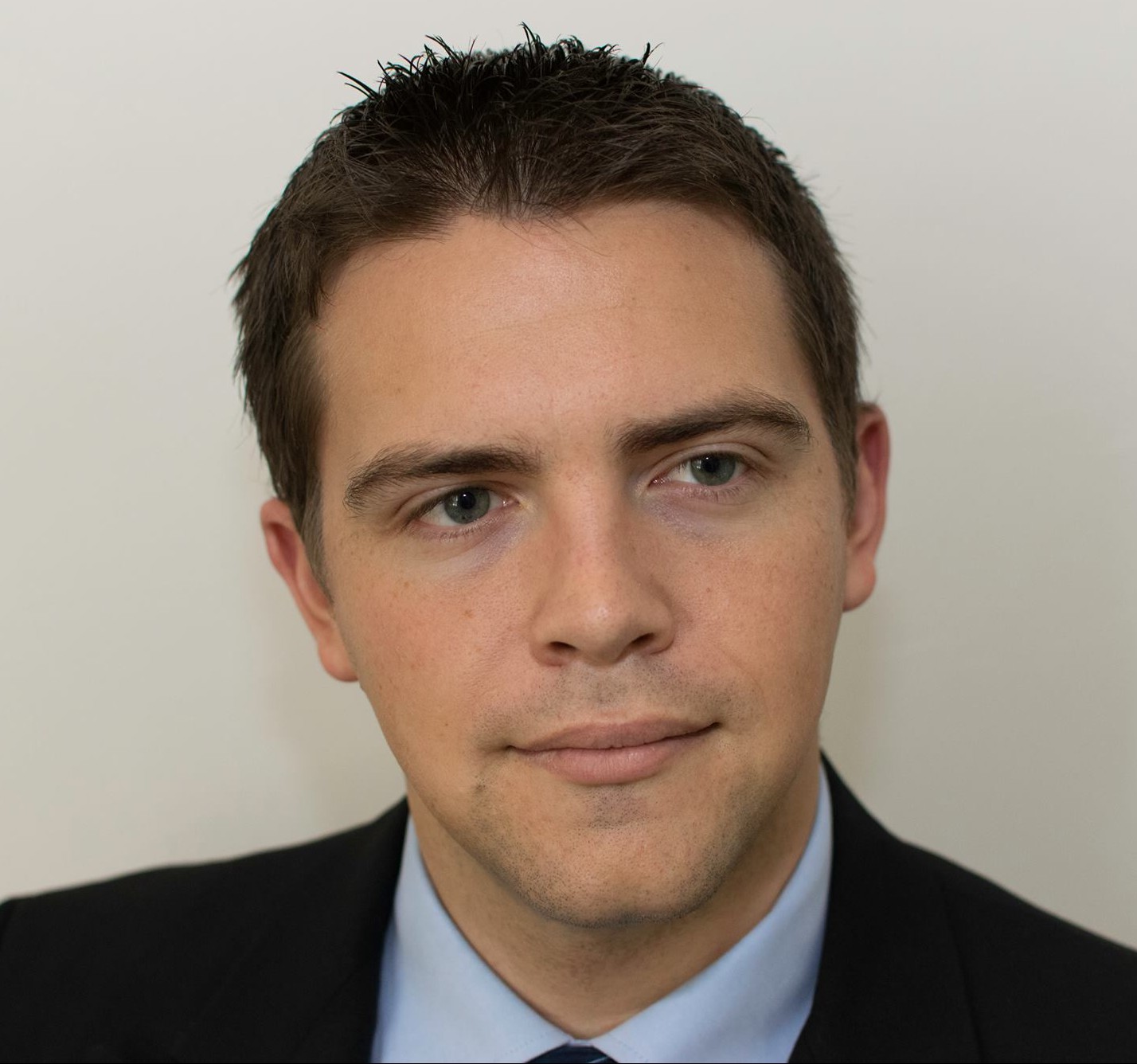

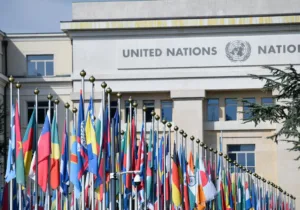
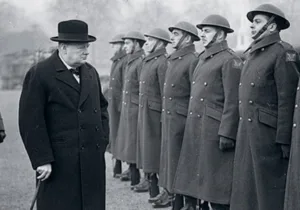
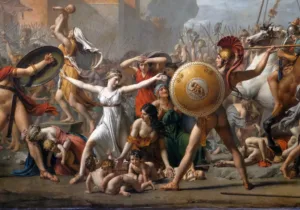
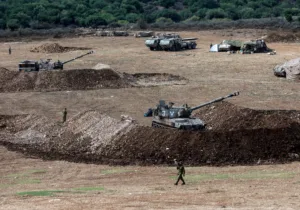

 Sponsor a student for Christianity & National Security 2024
Sponsor a student for Christianity & National Security 2024